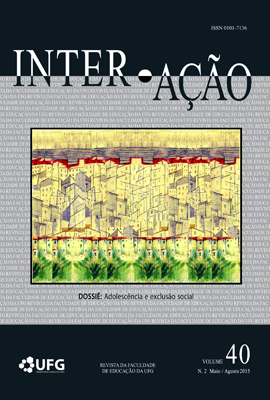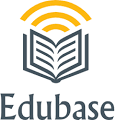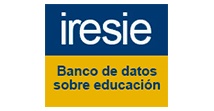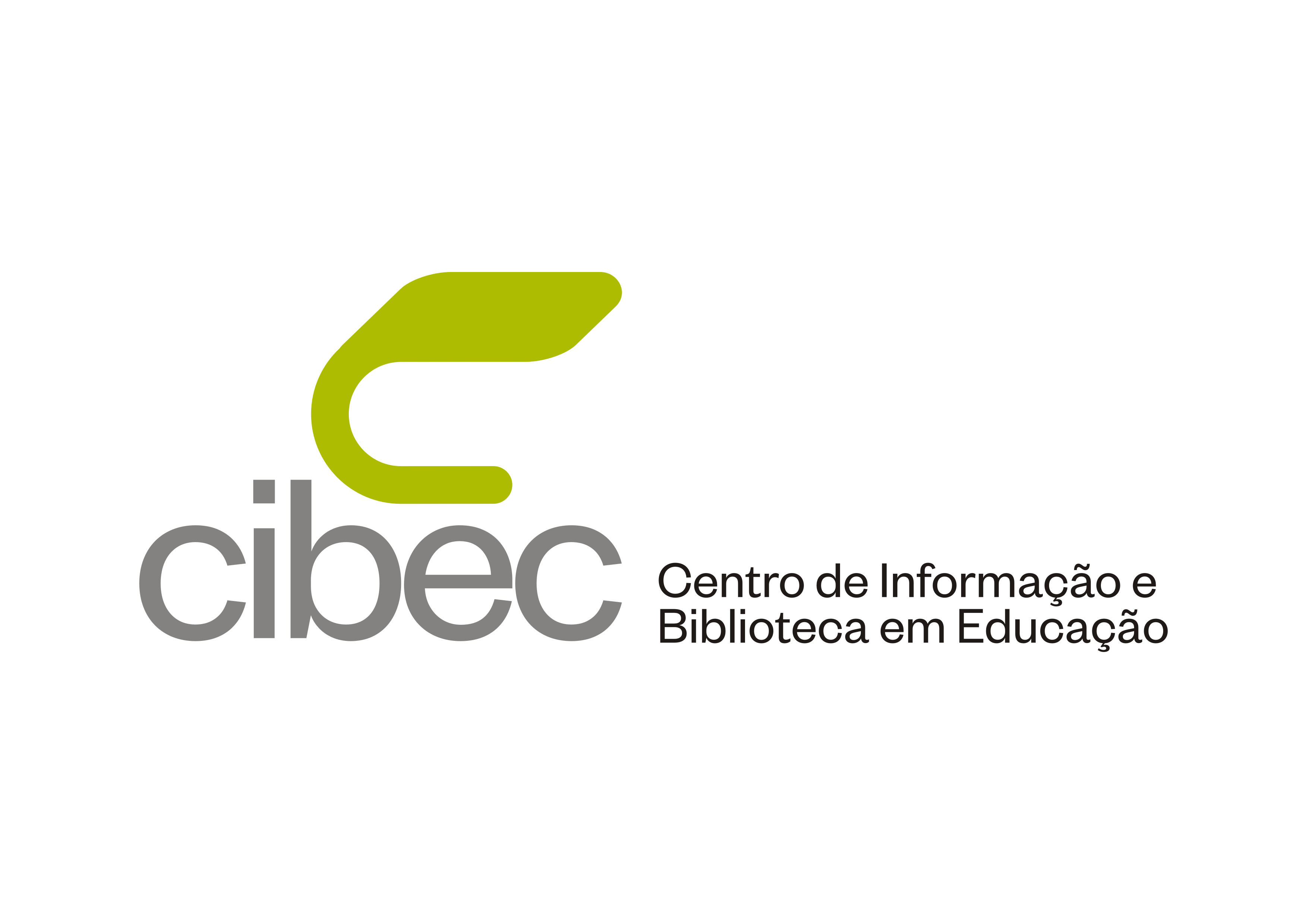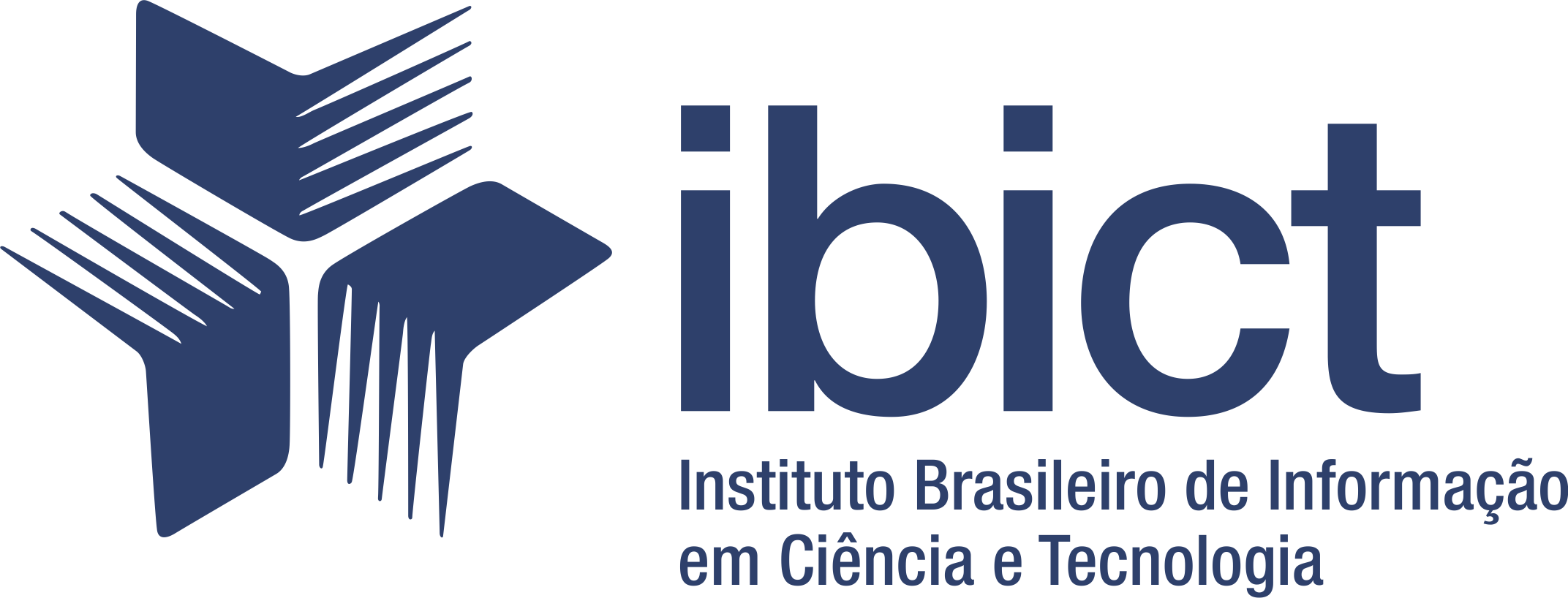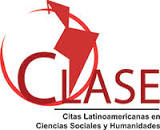EDUCAÇÃO SUPERIOR NA AMAZÔNIA LEGAL: O CASO DA EXPANSÃO MATO-GROSSENSE
DOI:
https://doi.org/10.5216/ia.v40i2.28674Abstract
Nas últimas décadas os efeitos da globalização vêm transformando não apenas os modos de produção, como também a forma de socialização e o uso dos conhecimentos. É a partir desta perspectiva, que se pretendeu-se, enquanto objetivo deste artigo, analisar a expansão do ensino superior com relação às diferentes fases (instalação, centralização, interiorização e diversificação) relacionadas ao campo educacional na Amazônia Legal de Mato Grosso e ao desenvolvimento do estado (antes e depois da divisão territorial). Metodologicamente, buscou-se: a) descrever sinteticamente os antecedentes histórico e socioeconômicos, em que ocorreram as transformações que influenciaram os rumos do ensino superior mato-grossense; e b) tratar do cenário do início do século XX até os dias atuais, abrangendo as fases do ensino superior em Mato Grosso: da instalação das primeiras IES, passando pela divisão territorial e seus reflexos em MT, até a diversificação do ensino ocorrida no início do século XXI.
Downloads
Downloads
Published
How to Cite
Issue
Section
License
Inter-Ação uses the Creative Commons Attribution 4.0 License for Open Access Journals (Open Archives Initiative - OAI) as the basis for the transfer of rights. Open access means making documents available on the Internet free of charge, so that users can read, download, copy, distribute, print, search, or link to the full text of documents, process them for indexing, use them as input data for software programs, or use them for any other lawful purpose, without financial, legal, or technical barriers.
Authors publishing in this journal agree to the following conditions:
1) Authors retain copyright and grant the journal the right of first publication, with the work simultaneously licensed under the Creative Commons Attribution License, which permits redistribution of the work with attribution and first publication in this journal.
2) Authors are permitted to enter into additional, separate agreements for non-exclusive distribution of the version of the work published in this journal (e.g., for publication in an institutional repository or as a book chapter), with attribution and first publication in this journal.
3) Authors are permitted and encouraged to publish and distribute their work online (e.g. in institutional repositories or on their home page) at any time before or during the editorial process, as this may generate productive changes as well as increase the impact and citation of the published work.

